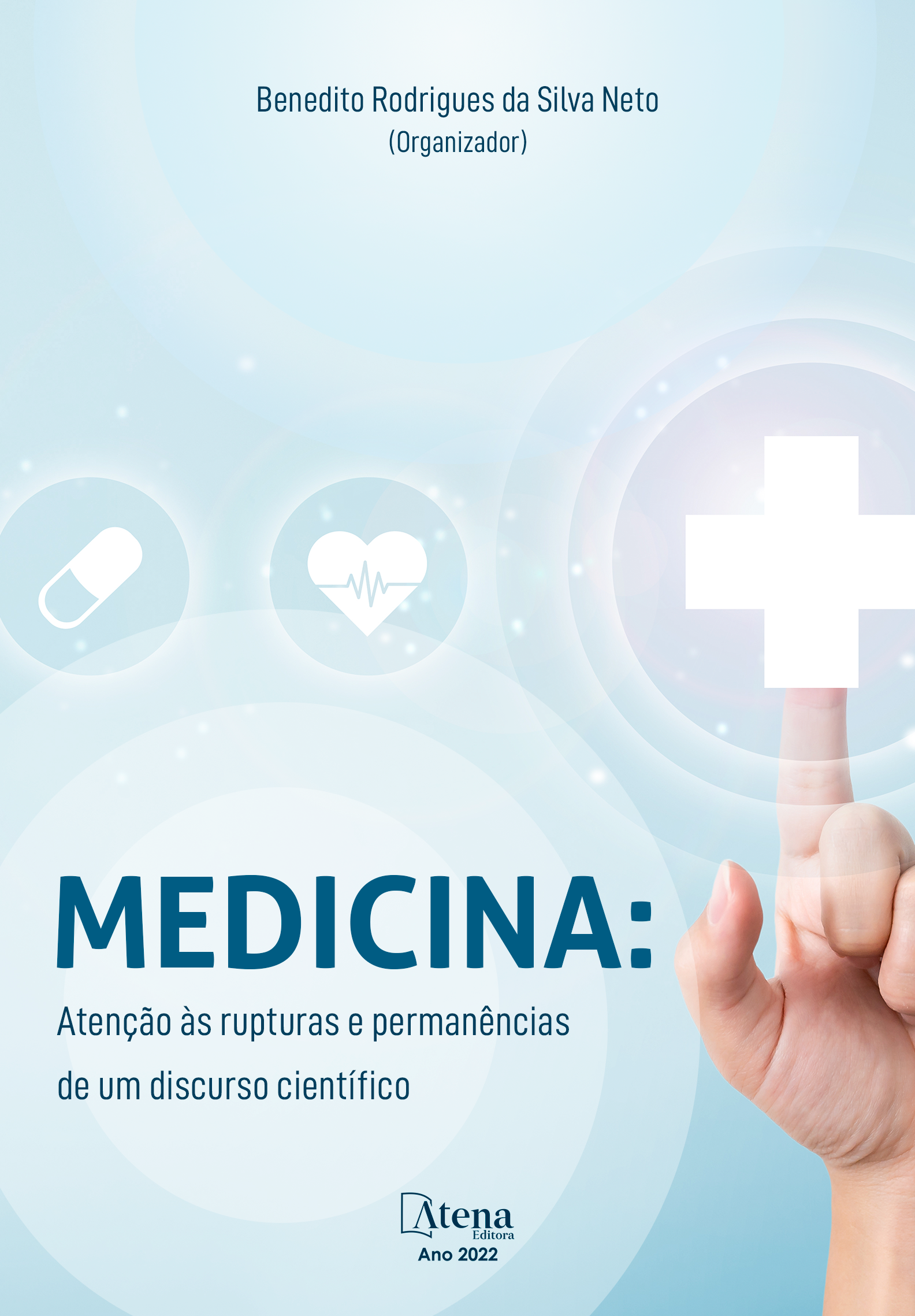
PAINEL VIRAL RESPIRATÓRIO E EVOLUÇÃO CLÍNICA PEDIÁTRICA DURANTE A PANDEMIA DA COVID-19 EM GOIÂNIA – GOIÁS
No último século o mundo presenciou quatro grandes pandemias, a começar com o Influenza tipo A/H1N1, passando em seguida pela variante H2N2 e depois a variante H3N2 também do vírus Influenza A. Mais recentemente, também ocasionada por vírus, a Covid-19 mudou todo o panorama de morbidade e mortalidade em todo o mundo. Outra preocupação durante a pandemia da Covid-19 foi o choque hiperinflamatório que algumas crianças apresentavam após o contágio com o Sars Cov-2, denominado de Síndrome Inflamatória Multissistêmica Pediátrica. Esse trabalho é o resumo de resultados de pesquisa com o painel viral colhido em crianças de 0 a 14 anos internadas em hospitais de Goiânia, Goiás, no período de agosto de 2020 a maio de 2022. Os dados de nosso painel viral foram correlacionados com dados obtidos para pacientes com mesma idade e perfil no banco de dados do DataSus e observamos os principais vírus para os anos de 2019 a 2022. Os dados de confirmação do agente etiológico foram obtidos no campo de confirmação por PCR. Concomitante a amplificação e análise do painel viral, realizamos a coleta de sangue de pacientes com perfil inflamatório e SRAG. As amostras foram analisadas quanto ao perfil de citocinas. Observamos que durante a pandemia houve mudanças no perfil etiológico das infecções respiratórias em crianças de 0 a 14 anos. Em 2020, primeiro ano da pandemia de Covid-19 houve uma queda significativa na presença de infecções virais por influenza A e B e parainfluenza 1, 2, 3 e 4. Outros vírus como o Rhinovírus e VSR também sofreram redução. Observando a evolução do painel viral em 2021 e 2022 observamos que os grupos de influenza e parainfluenza continuam baixos, porém o Rhinovírus e principalmente, o VSR voltaram a crescer significativamente, inclusive ultrapassando os números de casos confirmados para Covid-19. Haja vista a necessidade frequente da pesquisa sindrômica e identificação de quais vírus respiratórios circulantes estão envolvidos em infecções respiratórias em determinado período, como por exemplo, o vírus influenza e suas variantes. Esse processo permite a elaboração de estudos epidemiológicos e de análises laboratoriais complementares, a fim de minimizar o impacto da doença na população.
PAINEL VIRAL RESPIRATÓRIO E EVOLUÇÃO CLÍNICA PEDIÁTRICA DURANTE A PANDEMIA DA COVID-19 EM GOIÂNIA – GOIÁS
-
DOI: 10.22533/at.ed.67222220810
-
Palavras-chave: Painel viral; doença respiratória; pandemia; clínica pediátrica; PCR em tempo real; citocinas.
-
Keywords: Viral panel; respiratory disease; pandemic; pediatric clinic; real-time PCR; cytokines.
-
Abstract:
In the last century the world has witnessed four major pandemics, starting with the Influenza type A/H1N1, then going through the H2N2 variant and then the H3N2 variant also of the Influenza A virus. More recently, also caused by viruses, Covid-19 has changed the entire panorama of morbidity and mortality worldwide. Another concern during the Covid-19 pandemic was the hyperinflammatory shock that some children had after being infected with Sars Cov-2, called Pediatric Multisystem Inflammatory Syndrome. This work is the summary of research results with the viral panel collected from children aged 0 to 14 years admitted to hospitals in Goiânia, Goiás, from August 2020 to May 2022. Data from our viral panel were correlated with data obtained for patients with the same age and profile in the DataSus database and we observed the main viruses for the years 2019 to 2022. Confirmation data of the etiologic agent were obtained in the PCR confirmation field. Concomitantly with the amplification and analysis of the viral panel, we collected blood from patients with an inflammatory profile and SARS. Samples were analyzed for cytokine profile. We observed that during the pandemic there were changes in the etiological profile of respiratory infections in children aged 0 to 14 years. In 2020, the first year of the Covid-19 pandemic, there was a significant drop in the presence of viral infections by influenza A and B and parainfluenza 1, 2, 3 and 4. Other viruses such as Rhinovirus and RSV also suffered a reduction. Observing the evolution of the viral panel in 2021 and 2022, we observed that the influenza and parainfluenza groups remain low, but the Rhinovirus and especially the RSV have grown significantly again, even exceeding the numbers of confirmed cases for Covid-19. Given the frequent need for syndromic research and identification of which circulating respiratory viruses are involved in respiratory infections in a given period, such as the influenza virus and its variants. This process allows the elaboration of epidemiological studies and complementary laboratory analyzes in order to minimize the impact of the disease on the population.
-
Número de páginas: 13
- Mônica de Oliveira Santos
- André Luís Elias Moreira
- Paulo Alex Neves Silva
- Célia Regina Malveste Ito
- Isabela Jube Wastowski
- Lilian Carla Carneiro
- Melissa A. Gomes Avelino Ferri
- Benedito Rodrigues da Silva Neto


